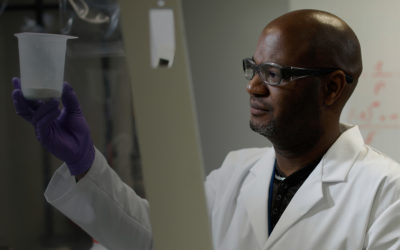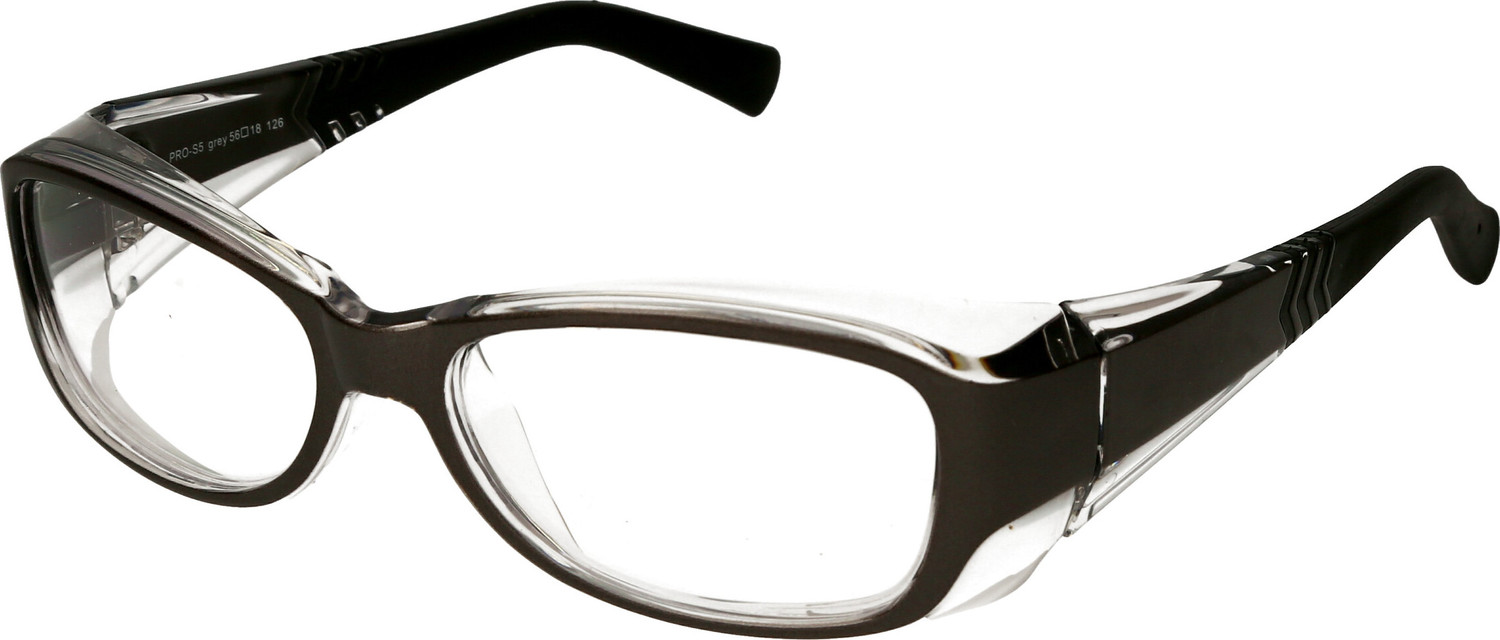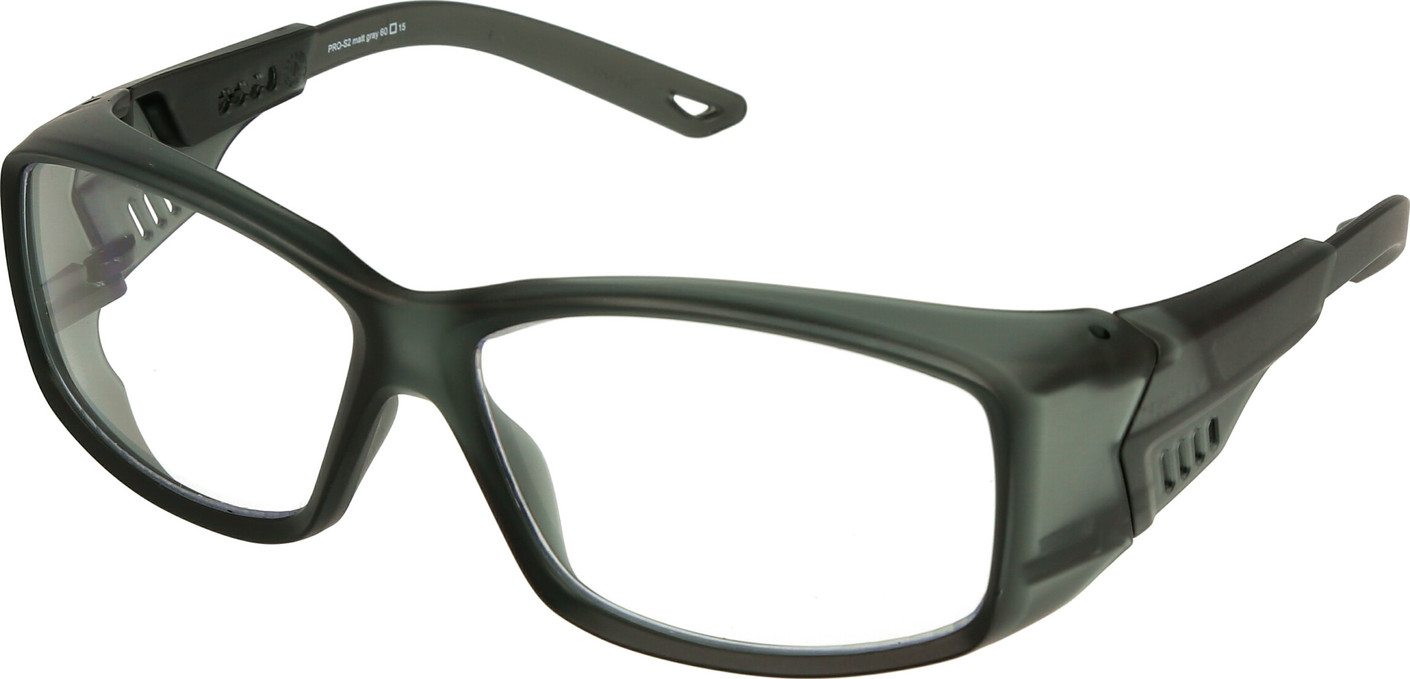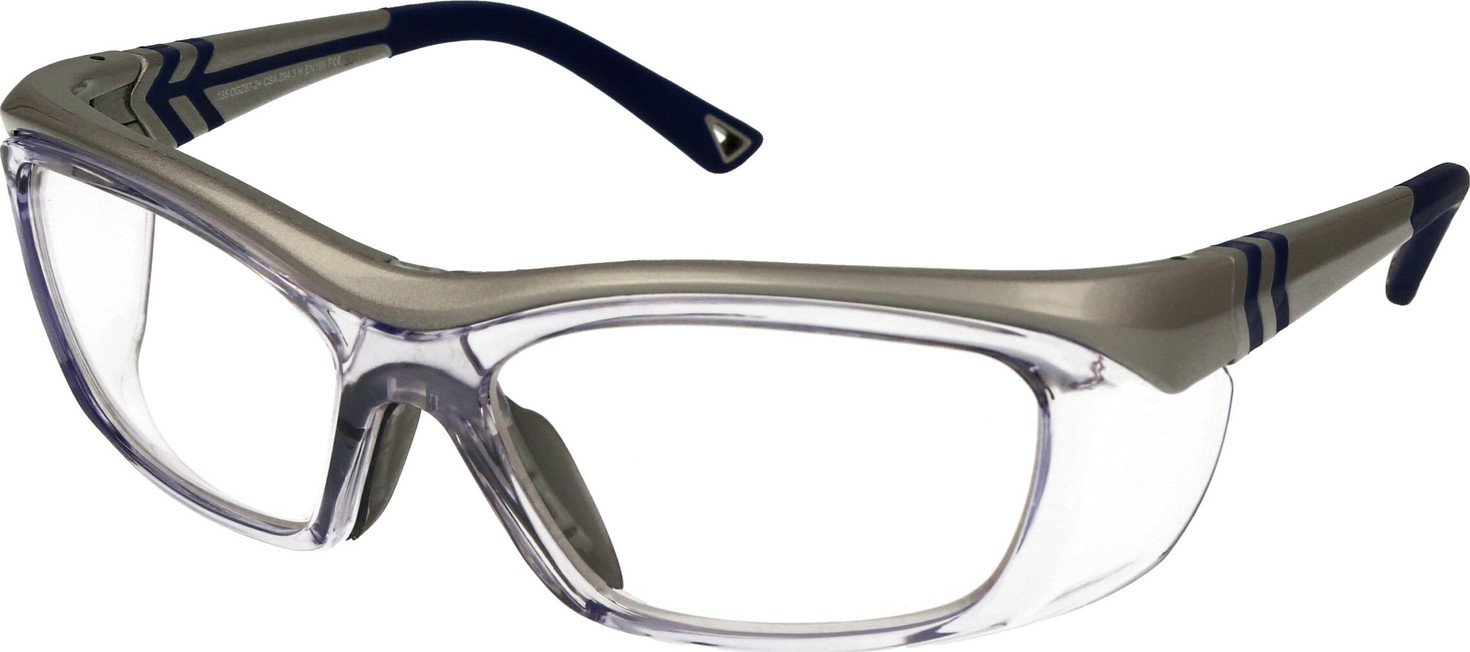Eye injuries can occur in a variety of environments, including the workplace, sports and at home. However, up to 90% of eye injuries can be prevented through effective measures such as risk awareness, policy development and training in the proper use of eye protection.
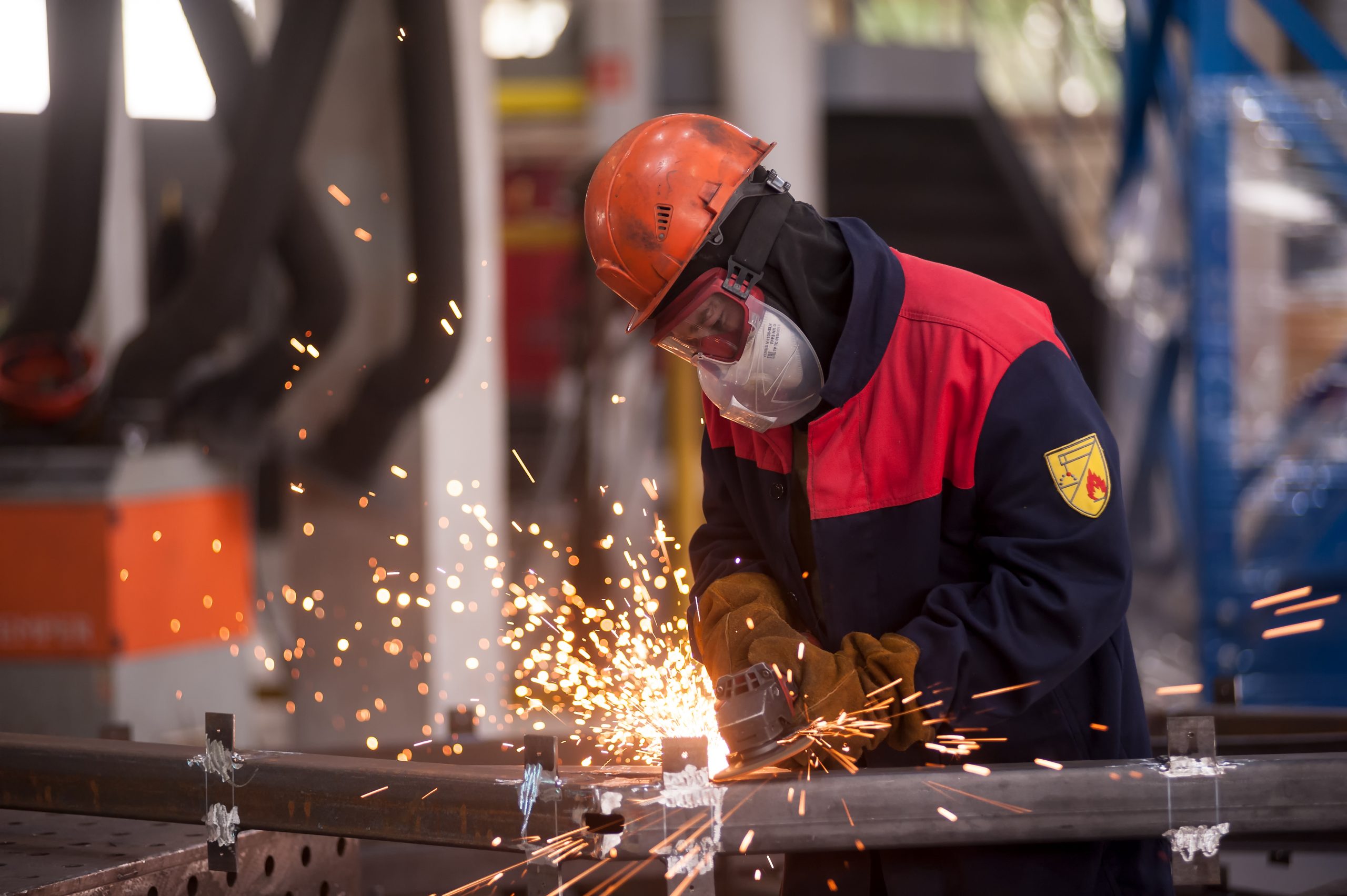
Annette Hoskin, World standardization manager Essilor October 2019
Why focus more on eye injuries ?
Vision problems can affect many aspects of our lives. They can also have an impact on health, professional and financial situation. Eye injury are responsible for 10-27% of surgical procedures, 38-65% of emergency room consultations. Important factors of vision loss, they are responsible for 5% of blindness cases and can have a devastating impact. It is however possible to prevent up to 90% of these injuries and the implementation of prevention strategies has to start with the identification of people at risk.
Who is exposed to eye injuries ?
There is a wide range of situations, and age groups involved. Trauma is more common in very young and middle-aged patients. These phenomena generally concern more men. Professional and sporting activities, festivities, road traffic and the home are among the environments most often concerned.
Occupational eye injuries
The eye hazards associated with work environments are as great and numerous as the resulting trauma. Forest exploitation, agriculture, construction and mining are among the industrial sectors commonly associated with eye trauma. Metalworking tops the ranking, with welding, radiation and chemicals. Advances in eye protection and new regulations in the areas of work, health and safety have helped reduce the number of occupational eye injuries. Since vision plays an important role in worker safety, employers must ensure that their visual needs are met by providing them with safety glasses.
Employers have an important role to play in ensuring the safety of their employees. Personal protective equipment, PPE, vision must be correctly chosen, adapted and worn. To ensure that employees comply with eye protection policies, it is essential to offer an appropriate choice of comfortable and well-adapted protection. Advances in preventive measures have resulted in less vision loss, especially in developed countries. Much remains to be done, however, to reduce the still high incidence of eye injuries.

Road traffic injuries
Ophthalmic trauma related to traffic accidents has been identified as an important source of eye trauma. Advances in automotive design and regulation, such as laminated windshields, seat belts and airbags, have helped reduce the number of motor vehicle-related eye injuries in developed countries .
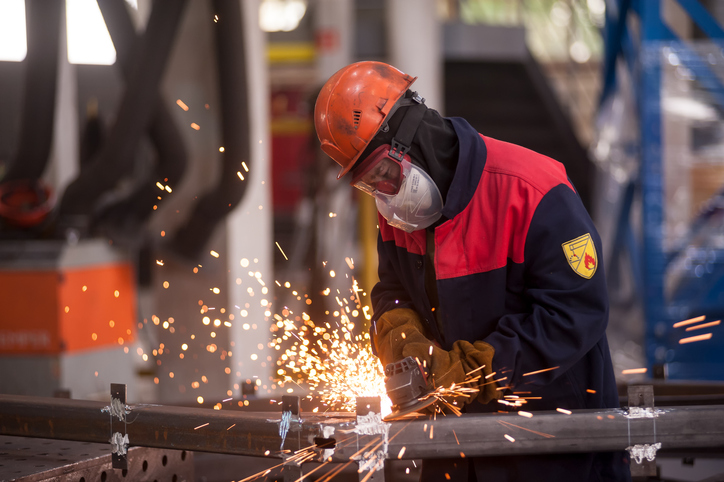
Prevention of eye injuries
Prevention remains the most effective measure. The goal is to avoid exposure to hazards. Elimination, substitution, technical controls and administrative controls reduce risk, while personal protective equipment represents the last line of defense in the hierarchy of risk control measures (see Figure).
We distinguish 4 key areas of effective eye injury prevention measures: training and awareness, legislation, standards and eye protection. When substitution or risk elimination measures are proven impossible, personal protective equipment is the last line of defense. There is a wide range of types and sizes of eye and face protection. In order to optimize the adoption of eye protection, it is important to base their choice on a risk analysis and on a solid understanding of the wearer’s individual needs. The use of eye protection has proven effective in reducing eye trauma related to professional activities and the practice of sports.
In many sports, there are now optional eye protection standards. Recent studies have shown an increase in the rate of adoption of eye protection in the United States.
Eye protection standards
Standards are essential for ensuring that there is no risk of injury when using protections and for providing important information and advice. Standards bodies such as ISO, ANSI and ASTM use committees of industry specialists, consumers and academics to facilitate the development of standards. The standards related to the professional environment, sports activities and sunglasses all focus on the prevention of eye trauma. Professional eye protection standards specify minimum performance criteria and guarantee an appropriate level of protection. The ANSI and ASTM standards in the United States and EN and ISO in Europe deal with eye and face protection.
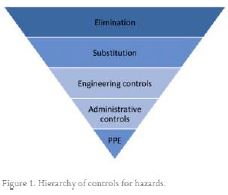
More articles
Presbyopia and screen work
Before the age of forty, the flexibility of the crystalline lens manages to maintain on the retina, the image of an object that moves from far away to the reading distance. And the eye sees clearly at all distances.
A good vision for a safer driving
We have been hearing more and more about “blue light” in the media for several years now. Many articles have been published about the negative effects of this light, particularly on our health and sleep. But do you really know what it is?
Protective glasses against risks in industry
At work and particularly in the industry field, in many situations, natural eye protection is not enough.




